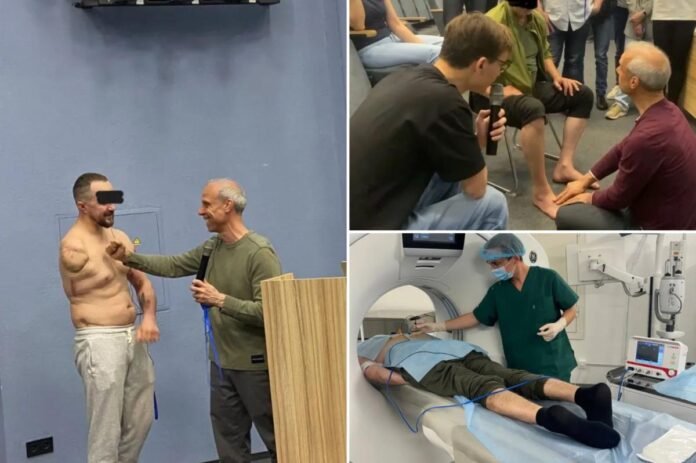A new study shows that Botox—a form of botulinum toxin that people know from wrinkle‑relief treatments—can give Ukrainian war amputees a much-needed break from phantom limb pain.
Botox blocks nerve signals, temporarily relaxing muscles. Doctors have been using it for everything from smoothing wrinkles to easing migraines, but this research points to a powerful new use: cutting the intense pain that stays behind after a limb is lost.
Researchers at Northwestern Medicine and hospitals in western Ukraine treated 160 amputees between 2022 and 2024. One‑fifth of the patients received Botox injections right around the painful nerves, while the rest got standard medical and surgical care.
The results were striking. After only one month, patients who got Botox reported a 40‑percent drop in phantom limb pain—compared with just a 10‑percent improvement for those who didn’t receive the toxin. Nearly 70 % of the Botox group saw at least a 30‑percent reduction in pain, versus 43 % of the control group.
Dr. Roman Smolynets from the Multidisciplinary Clinical Hospital in Lviv said the relief is “a powerful short‑term tool for treating post‑amputation pain when used with comprehensive care.” He added that easing pain could help amputees use prosthetics more comfortably and regain some mobility.
However, the benefits fade when the drug’s effect ends. By three months, the Botox group’s pain relief fell behind the others, which is typical because the toxin lasts three to four months. Whether repeat injections could extend the relief remains to be studied. Dr. Steven P. Cohen, a professor of anesthesiology at Northwestern University Feinberg School of Medicine, noted that the only side effect was temporary pain at the injection site.
The next step is a one‑year follow‑up that will separate phantom limb pain from stump pain and look at how anxiety, depression, and quality of life tie in. If repeat Botox or optimized dosing proves effective, the treatment could benefit millions of Americans living with limb loss.
The study, published in the Archives of Physical Medicine and Rehabilitation, also hints that this nerve‑targeted injection technique might help with other nerve pains, such as those from shingles or carpal tunnel syndrome. As the Ukraine conflict continues, researchers are also exploring new therapies for traumatic brain injury and PTSD among war‑injured soldiers.
Source: New York Post
Stay informed on all the latest news, real-time breaking news updates, and follow all the important headlines in world News on Latest NewsX. Follow us on social media Facebook, Twitter(X), Gettr and subscribe our Youtube Channel.



